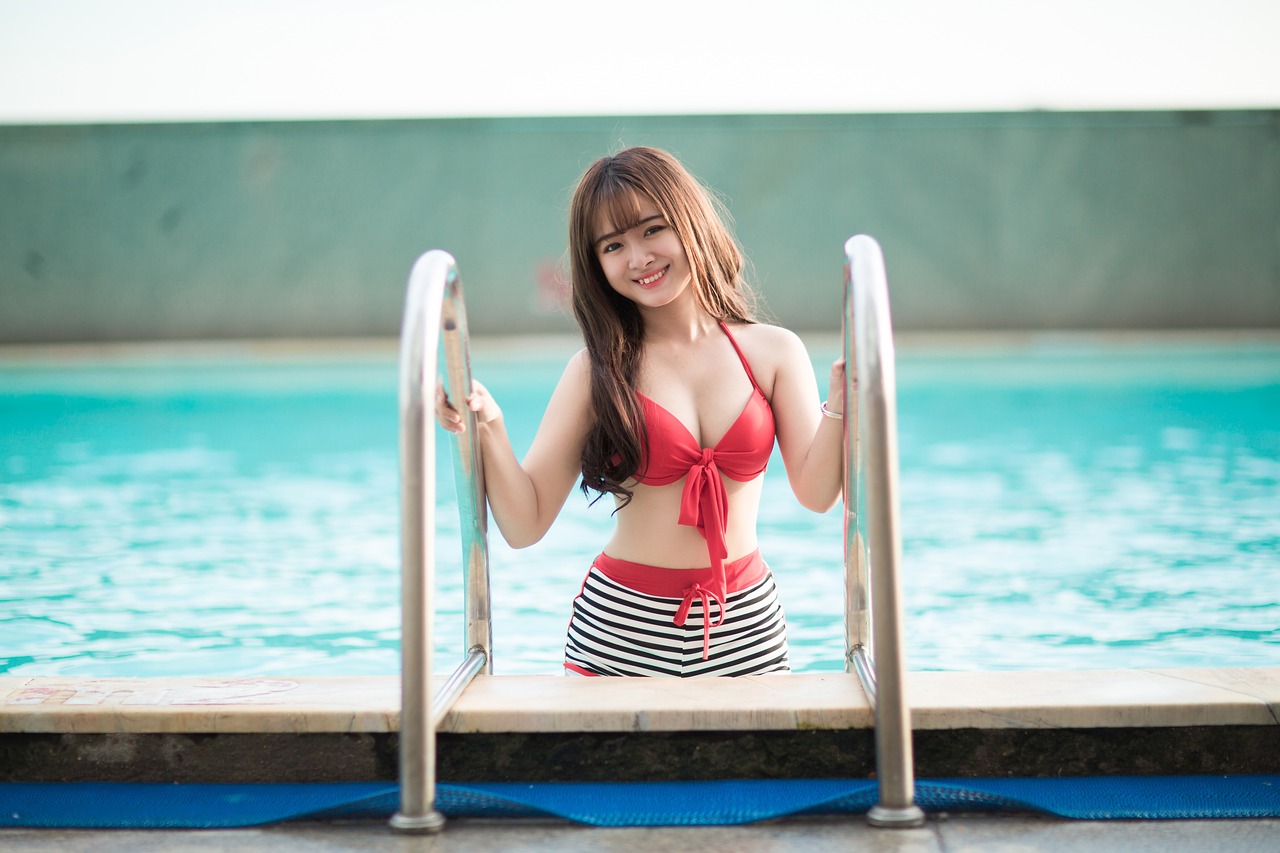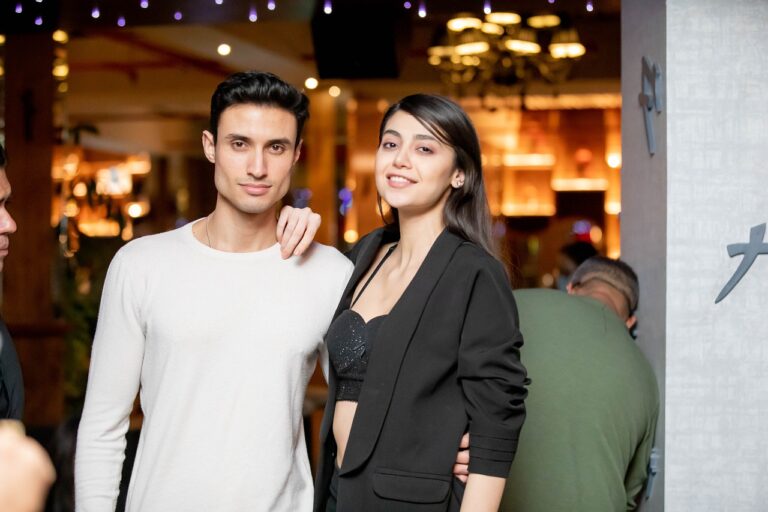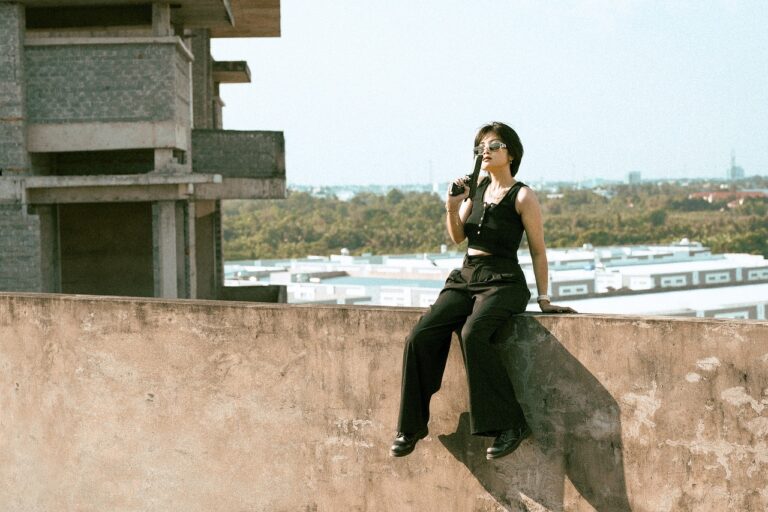Fashion Psychology: Understanding Consumer Behavior and Buying Patterns
Color plays a crucial role in influencing consumer purchases more than we may realize. Research has shown that different colors can evoke specific emotions and perceptions in individuals, ultimately impacting their buying decisions. For example, red is often associated with urgency and excitement, which can prompt impulse purchases, while blue is linked to trust and reliability, making it a popular choice for financial and technology brands.
Furthermore, the use of color in branding and marketing can help to differentiate products and create a memorable brand identity. By strategically selecting colors that resonate with their target audience, companies can enhance brand recognition and build stronger emotional connections with consumers. Whether it’s through packaging, advertising, or product design, the careful consideration of color choice can significantly influence consumer behavior and ultimately drive purchase decisions.
• Red is often associated with urgency and excitement, prompting impulse purchases
• Blue is linked to trust and reliability, making it popular for financial and technology brands
• Strategic use of color in branding can differentiate products and create a memorable brand identity
• Selecting colors that resonate with the target audience enhances brand recognition
• Careful consideration of color choice in packaging, advertising, or product design can influence consumer behavior
The Influence of Social Media on Fashion Trends
In today’s digital age, social media platforms have undeniably revolutionized the fashion industry. With influencers and celebrities showcasing the latest trends to millions of followers in real-time, consumers are constantly exposed to new styles and products. This immediate access to fashion inspiration has transformed how individuals discover, engage with, and ultimately adopt new trends.
Moreover, social media has democratized fashion by providing a platform for independent designers and smaller brands to gain visibility and connect directly with their target audience. This shift has allowed for more diverse and inclusive representations of style, breaking away from traditional fashion norms and fostering a culture of creativity and individuality. As a result, social media has become a powerful tool in driving fashion trends and shaping the way consumers interact with the industry.
The Psychology Behind Impulse Buying
Impulse buying is a common phenomenon that affects consumers across various demographics. The urge to make spontaneous purchases can be influenced by a multitude of factors, such as emotions, social pressures, or even environmental cues. These impulsive decisions often lead individuals to make purchases they did not plan for, driven by a momentary desire or need.
Consumer psychology plays a significant role in understanding the triggers behind impulse buying. Marketers utilize various tactics, such as limited-time offers, persuasive advertising, or attractive displays, to tap into the consumer’s subconscious and prompt impulsive purchases. By creating a sense of urgency or scarcity, they can capitalize on the psychological impulses that drive impulsive buying behavior.
What is impulse buying?
Impulse buying refers to the act of making a purchase without planning or careful consideration. It is often driven by emotions and immediate desires.
How does the impact of color influence consumer purchases?
The impact of color on consumer purchases is significant as different colors can evoke different emotions and perceptions. For example, red is often associated with passion and excitement, while blue is calming and trustworthy.
How does social media influence fashion trends and impulse buying?
Social media platforms play a major role in shaping fashion trends by showcasing the latest styles and products. This constant exposure to new trends can trigger impulse buying behavior among consumers who want to stay up-to-date with the latest fashion.
What are some psychological factors behind impulse buying?
Some psychological factors behind impulse buying include the fear of missing out (FOMO), social validation, and the desire for instant gratification. These factors can override rational decision-making processes and lead to impulsive purchases.







